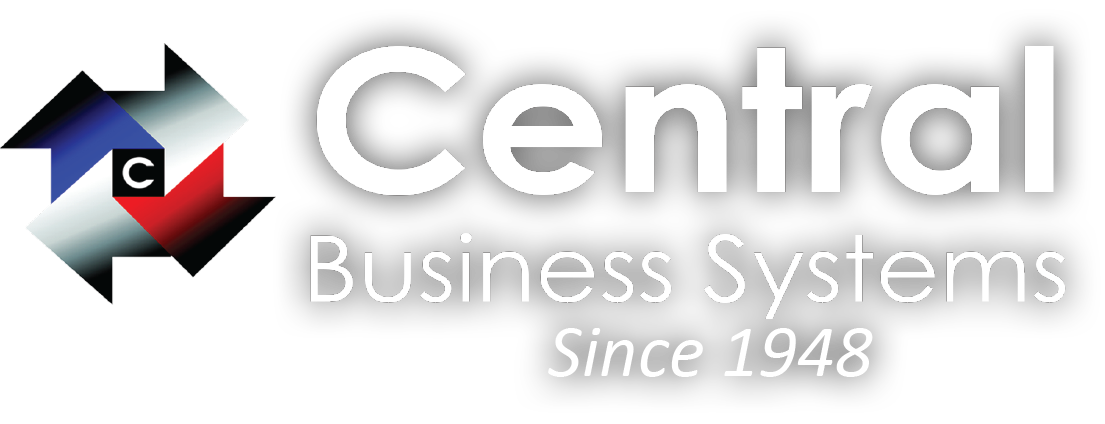
There’s a good chance your business is opening more to the possibility of remote working. Not only might forces like social distancing and sustainability be at play, but new technology is making telecommunicating easier.
This blog post will discuss how collaboration and conferencing systems can help your organization enable remote work.
Collaboration and conferencing systems are products and services that allow workers to exchange and collaborate on information more easily, flexibly, and seamlessly.
Products in this arena include Internet-connected interactive displays for conference and huddle rooms, interactive whiteboards, voice- and video-conferencing peripherals (including headsets, conferencing speakerphones, and webcams), as well as management and collaboration software to make it all work together.
According to Keypoint Intelligence research, 34% of US companies have already invested in “smart” collaboration and conferencing systems, while another 38% are considering doing so. They are looking for systems that let employees work from a wide variety of locations while being user-friendly and secure.
The security piece is worth emphasizing. In fact, US companies are most likely to say improving data and document security is their top business priority (also based on Keypoint Intelligence research). This is driven by legislative measures for data security that companies must follow.
Versatile Technology
Today’s collaboration and conferencing systems let workers operate out of the office, in the home, while on the go (e.g., in the form of a mobile app), or within meeting rooms. These solutions are compatible with multiple unified communication platforms and come in a variety of form factors—including display sizes and thickness.
Enhanced Capabilities
Beyond basic communication, collaboration and conferencing systems may have powerful audio and video capabilities that can help employees feel like they are working beside their colleagues. Some may even integrate virtual reality features that make them feel even more part of the same space. Other potential features include:
- Facial recognition
- Cloud connectivity
- Zero-click capability for joining meetings
- Voice commands
- 360-degree voice tracking
- Detailed analytics showing usage trends
- The ability to be supported through managed services
Summary
In today’s world, employees aren’t always working out of the same location. But for them to succeed at their jobs, they may need collaboration and conferencing systems that help them easily communicate with their colleagues as well as suppliers and clients. For more information about relevant technology in the market, speak with your office equipment partner today.
